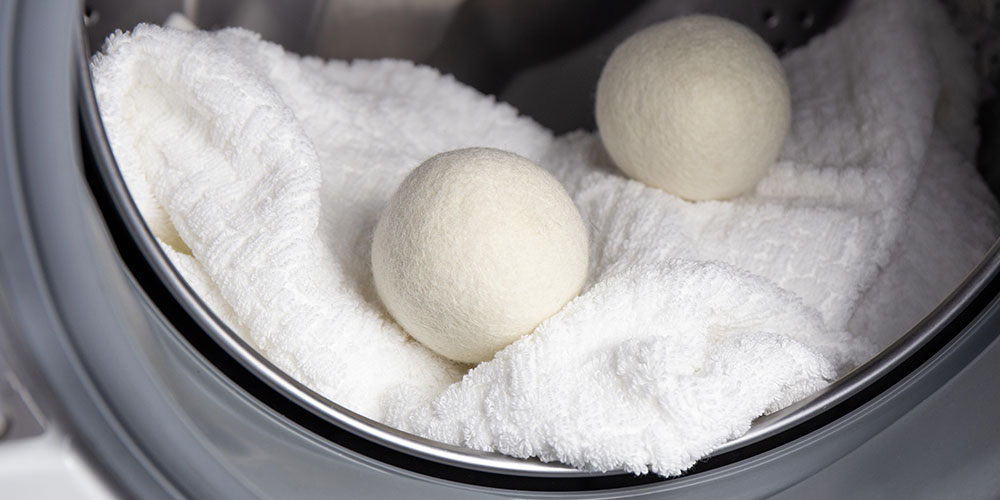Identifying and Avoiding Common Household Endocrine Disruptors
Here’s how to identify endocrine disrupters and introduce natural alternatives to live a healthier, more informed lifestyle.
Request AppointmentHere’s how to identify endocrine disrupters and introduce natural alternatives to live a healthier, more informed lifestyle.
Request Appointment
In today’s modern world, we encounter countless chemicals in our daily lives, many of which can impact our health in subtle yet significant ways. Among these are endocrine disruptors. From the plastic containers we use to store leftovers to the cosmetics we apply to our skin, endocrine disruptors can lurk in unexpected places, posing potential risks to our well-being. Here’s how to identify endocrine disrupters and introduce natural alternatives to live a healthier, more informed lifestyle.
To understand what an endocrine disruptor is, it’s essential to grasp the function of the endocrine system. The endocrine system is responsible for producing and regulating hormones in the body. While hormones are often associated with the reproductive system, they play a vital role in nearly every bodily function. From growth, development, and metabolism to sleep, blood pressure, and fertility, hormones are vital to our very existence.
Because hormones play such a critical role in our daily functioning, more and more research has been dedicated to something called endocrine disrupting chemicals (EDC) in recent years. EDCs are harmful substances that may be found in food, water, and consumer products that impact your hormones. Endocrine disruptors mimic, block, and interfere with the body’s hormones and contribute to a wide variety of health conditions for people of all ages. As research about the impacts of EDCs continues to be uncovered, EDCs have become a topic of interest for regulatory agencies, doctors, and researchers alike.
Endocrine disruptors can have serious impacts on the functioning of your endocrine system, causing health conditions like:
Fetuses, infants, and children are especially vulnerable to EDCs because their bodies are still developing and growing.
Educate your family on EDCs and their prevalence in your home to limit exposure and lead a healthier life.
Bisphenol A (BPA) is one of the most common endocrine disruptors found in our homes. Exposure to BPA is documented in nearly everyone in the United States and beyond according to “Urine, serum and tissue biomonitoring studies indicate widespread exposure to bisphenol A,” a study published in Environ Health Perspect in 2010. Often present in plastics like Tupperware, plastic bottles, and can linings, BPA can seep into food and water.
Medical studies suggest that consuming BPA may cause metabolic diseases, infertility, cancer, behavioral changes, early onset of puberty, and much more.
How to cut back on exposure to BPA:

Have you ever seen “fragrance” listed as a main ingredient? Chances are that product contains phthalates, a fragrance stabilizer that extends the life of scent. Phthalates may be found in household products like scented candles, cleaners, air fresheners, dryer sheets, and fabric softeners, as well as personal care products like shampoo, lotion, soap, and makeup. This chemical may also be used to make plastic more flexible, and may be used in vinyl flooring, shower curtains, and PVC.
Phthalates studies have shown that exposure to phthalates over time may cause liver, kidney, respiratory, and reproductive issues.
How to cut back on exposure to Phthalates:

Parabens are another EDC often found in cosmetics, shampoos, skincare, and processed foods. Used to artificially preserve food and personal care products, this EDC can wreak havoc on the endocrine system, causing issues with fertility, reproductive organs, and even raising the risk of breast cancer.
How to cut back on exposure to Parabens:
PFAS, or per- and polyfluoroalkyl substances, are man-made chemicals used for their water, stain, and oil-resistant properties. Also referred to as “forever chemicals”, PFAS build up in our body over time, causing serious health issues like birth defects, hormone suppression, liver damage, thyroid disease, immune system suppression, cancer, and reproductive issues. PFAS can be found in a wide range of products used in the home, including personal care products, cleaning products, non-stick cookware, stain-resistant fabric, dental floss, and food packaging.
Unfortunately, these forever chemicals have infiltrated our environment and can now be found in soil and even drinking water in some communities.
How to cut back on exposure to PFAS:
While our cities do their best to limit contaminates and EDCs from our drinking water, there has never been a standard for limiting forever chemicals from our water supply. That is, until April 10, 2024 when he Environmental Protection Agency released the first-ever set of limits on PFAs in drinking water. According to officials, this new limit will reduce PFA exposure for over 100 million U.S. citizens, and hopefully prevent many illnesses.
It’s important to note that many of the health conditions listed above can stem from other factors, or even a combination of factors. EDCs may not be the root cause of your condition; however, if you’re suffering from an endocrine system disorder, it’s important to speak to a medical professional.
At Supro Direct, our physicians focus on treating the root of the problem, not just the symptoms. That’s why we specialize in concierge medical care to accommodate for more time with our patients and a higher level of care. If you’re worried about endocrine disruptors or want to learn more about how to optimize hormones and lead a healthier lifestyle, request an appointment with our Greenwood concierge physicians.
Required fields*